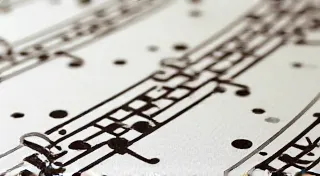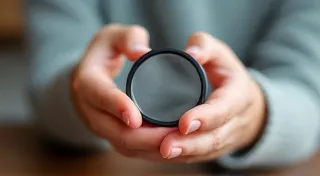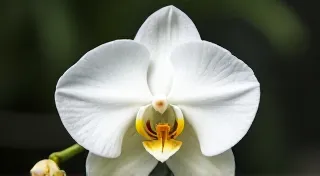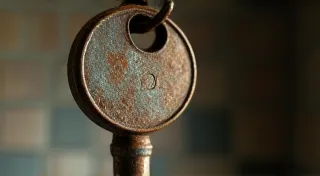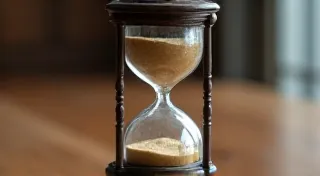The Alchemy of Postage: Transforming Common Paper into Treasured Moments
There's a quiet magic in the world of stamp collecting, a subtle alchemy that transforms ordinary pieces of paper into treasured moments suspended in time. While many collectors find enjoyment in themed sets or historical figures, the specialized realm of First Day Covers (FDCs) holds a unique allure. These aren’t merely stamps; they are tangible echoes of history, testaments to human ingenuity, and, when rare, increasingly valuable artifacts. An FDC isn't just a piece of mail – it’s a captured experience, a fleeting convergence of art, postal service, and a collective anticipation.
Imagine the feeling. A new stamp has been announced, eagerly awaited by enthusiasts nationwide. On the designated ‘First Day’ – a day of celebration for the postal service and a red-letter date for collectors – mail is dispatched from various post offices, bearing the pristine, freshly released stamp. This is an FDC, and the beauty lies not just in the stamp itself, but in the entire package: the postmark, the envelope, and the story it holds.
The Art of the Postmark: More Than Just a Date
The postmark, often overlooked by the uninitiated, is integral to the value and appeal of an FDC. It's not simply a date; it’s a geographically specific identifier, a marker of place and time. Early FDCs often bear postmarks from major cities – New York, Chicago, San Francisco – and these are significantly more sought after. The style of the postmark itself matters. Some are elegantly engraved, others are simple machine cancellations, but each offers a glimpse into the postal infrastructure of the era. A beautifully rendered, vibrant postmark can elevate an otherwise common FDC into something truly special.
I remember my grandfather, a quiet, unassuming man, introducing me to this world. He's the one who showed me the excitement of chasing after a "Cachet," a specially designed pictorial cancellation. He’s the one who explained how a First Day Cover from a small-town post office that printed a limited number of Cachets could be more valuable than one from a major city. He wasn’t interested in fortune; he was captivated by the artistry, the dedication, the collective desire to mark a moment.
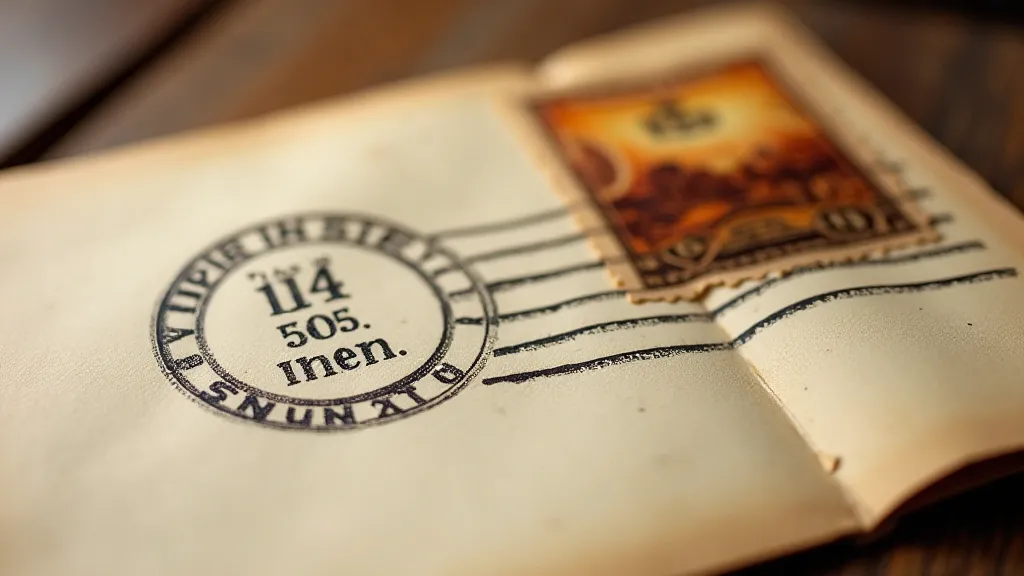
Scarcity: The Engine of Value
Like any collectible, scarcity is a primary driver of value in the FDC market. While the first few days of a new stamp issue often see a deluge of mail, the number of FDCs genuinely sought after by collectors dwindles over time. Factors contributing to scarcity are numerous: limited mail volume, printing errors on the stamps themselves, postal worker errors (leading to unique or “irregular” cancellations), and intentional scarcity orchestrated by philatelic societies or commemorative events.
Consider the 1930 Zeppelin stamp, commemorating the ill-fated Hindenburg disaster. Genuine FDCs, especially those bearing postmarks from Lakehurst, New Jersey (the site of the disaster), are remarkably rare and command significant prices. This isn’t just about the stamp itself; it’s about the historical context, the collective mourning, and the inherent scarcity of a document linked to a pivotal moment in history.
Provenance: Unveiling the Story Behind the Envelope
Provenance – the history of ownership – adds another layer of intrigue and value to an FDC. An envelope that can be traced back to a specific postal worker known for their meticulous handling, or a collector of renown, becomes far more desirable. Knowing that an FDC was part of a renowned collection, or was even handled by a figure connected to the postal service, significantly enhances its appeal.
Sometimes, even small details can reveal a fascinating story. A faint pencil mark on the envelope, a subtle tear, or a barely visible trace of a foreign postage stamp – these imperfections can be clues to the FDC's journey through the postal system, offering a glimpse into the human element behind the transaction. It’s like piecing together fragments of a forgotten narrative, connecting the past to the present through a simple piece of paper.
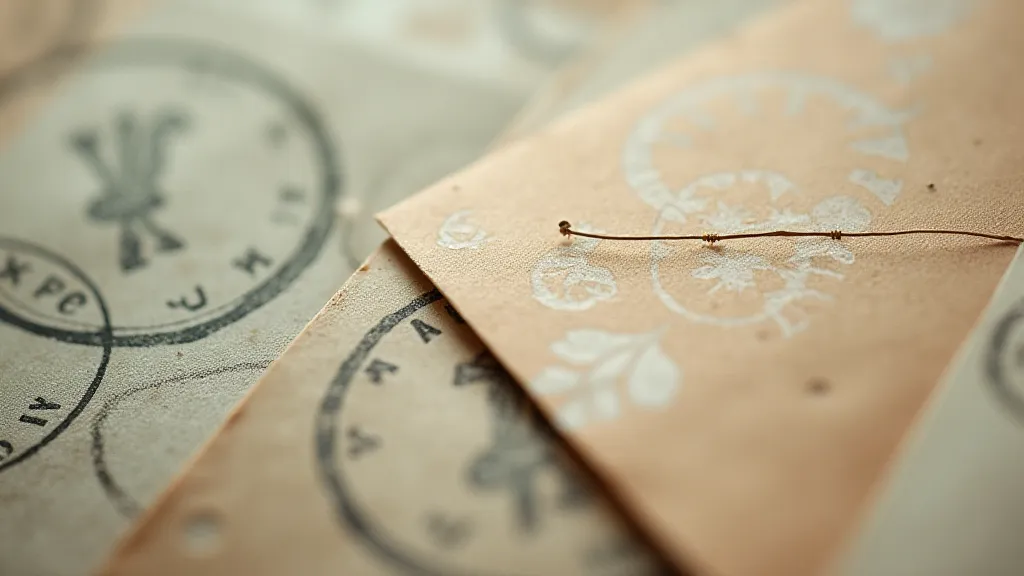
The Human Element: More Than Just Numbers
While the financial aspect of FDC collecting can be alluring, the true beauty lies in appreciating the human element. These aren’s simply assets; they are tangible links to the past, echoes of a time when letter writing was an art form, when anticipation was a palpable emotion, and when the postal service was a source of civic pride.
Think about the postal workers who diligently cancelled thousands of envelopes on that first day, the families who eagerly awaited a letter bearing the new stamp, the collectors who obsessively pursued these fleeting moments in time. These are the stories that animate the FDC, transforming it from a mere piece of paper into a treasured heirloom. A truly exceptional FDC isn’t just about the condition of the stamp and the clarity of the postmark; it's about the feeling it evokes – a sense of connection to a bygone era, a reverence for the human endeavor of communication.
Restoration & Preservation: Respecting the Past
When dealing with antique FDCs, preservation should be paramount. While minor restoration might be necessary to stabilize fragile paper or repair small tears, aggressive cleaning or alteration can significantly diminish the FDC’s value and historical integrity. Ideally, preservation should focus on minimizing further deterioration, protecting the FDC from environmental damage (light, humidity, pollutants), and storing it in archival-quality materials.
My grandfather always said, "Treat them with respect. These aren't just objects; they're stories." He rarely cleaned anything, believing that any slight imperfections simply added to the charm and authenticity of the FDC. His words remain a guiding principle for me in my own collecting, a reminder that these pieces are more than just investments – they are fragments of history, entrusted to our care.
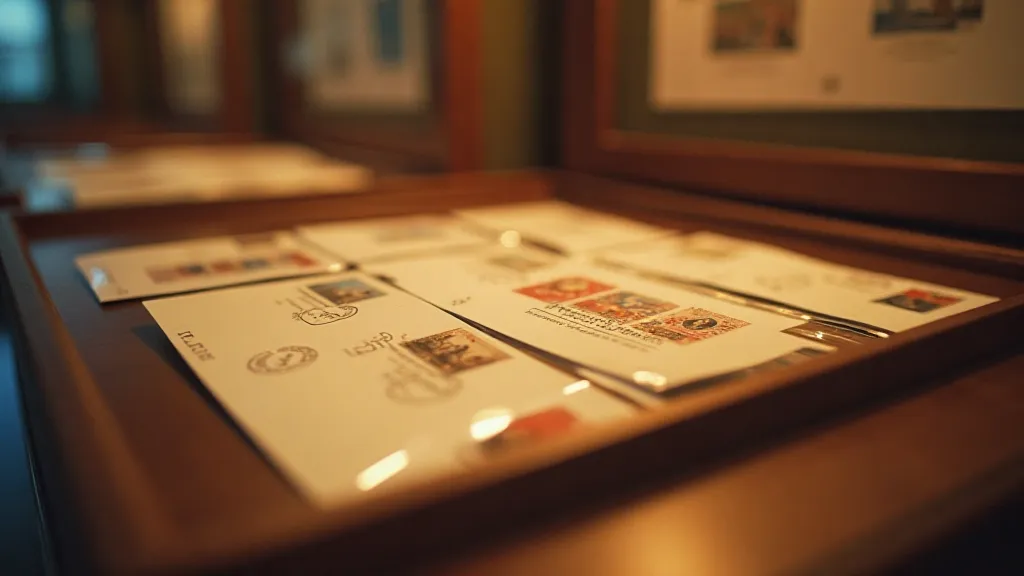
The alchemy of postage transforms common paper into treasured moments. It’s a pursuit that rewards patience, attention to detail, and a genuine appreciation for the human spirit – a journey into the heart of philately, where history, art, and personal connection converge.

